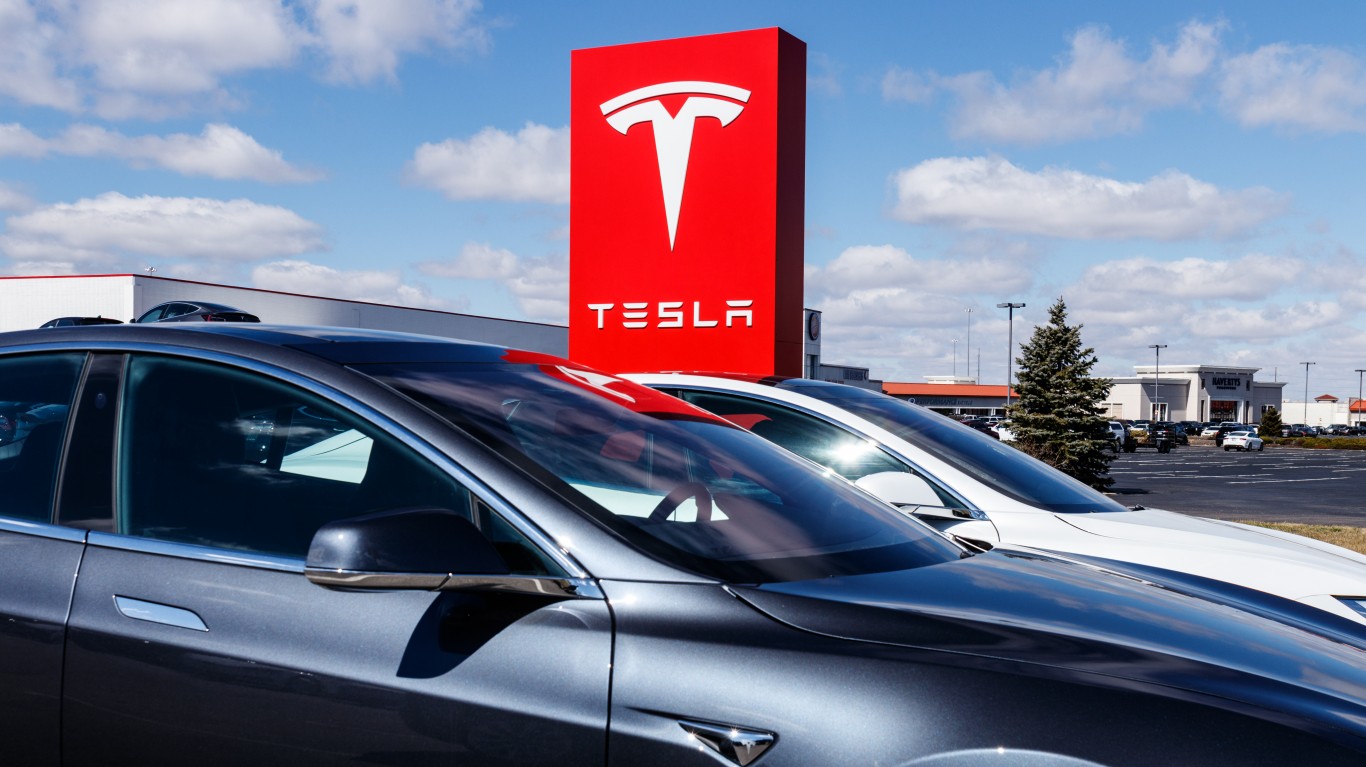
Ten years ago, Tesla (NASDAQ: TSLA) had only 30 Supercharger stations in the United States. Only the Interstate 5 highway along the west coast had a reliable long-distance chain of these quick-charge stations.
How many Tesla Superchargers are there in every US state?
Today, there are nearly 2,000 of Tesla’s fast-charging stations with more than 22,000 charging ports in the U.S. As recently as Oct. 18, several more stations – from densely populated Florida to the wide expanse of Montana – were added to the U.S. Department of Energy’s Alternative Fuels Data Center.
What a difference a decade makes.
Tesla Supercharger network opens up

Tesla’s Supercharger network is so ahead of the game that it’s in the process of opening its network to other electric car models produced by companies like Ford (NYSE: F) and Rivian (NASDAQ: RIVN).
California, Texas, and Florida, have about a third of Tesla Supercharger stations and 42% of all ports. More than half of the network is in the ten most populated states. How many Tesla Supercharger are there in a state shows that Tesla is prioritizing some states over others.
Some states are falling behind
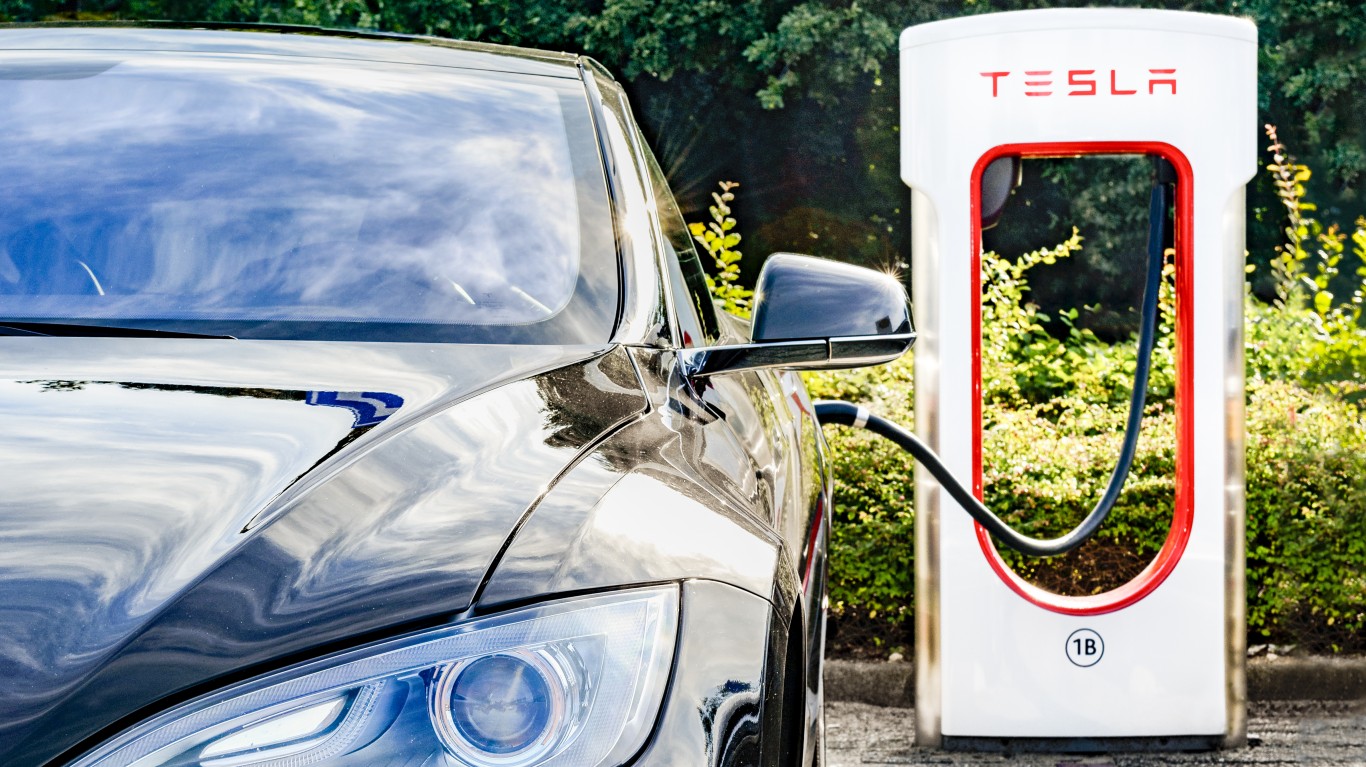
For instance, Nevada, with a population of 3.1 million people, has 36 Tesla Supercharger stations while Oklahoma with a population of nearly 4 million has only six of them.
Because of Nevada’s proximity to California, Tesla’s largest market, it makes sense for Tesla to prioritize it. Oklahoma, which in 2020 lost its bid to Texas for the first Tesla Cybertruck plant, has been slow to embrace EVs or alternative-fuel infrastructure. “When it comes to electric vehicles on the road, Oklahoma has catching up to do,” wrote the Oklahoman newspaper in May.
States with fewer than 10 Tesla Superchargers
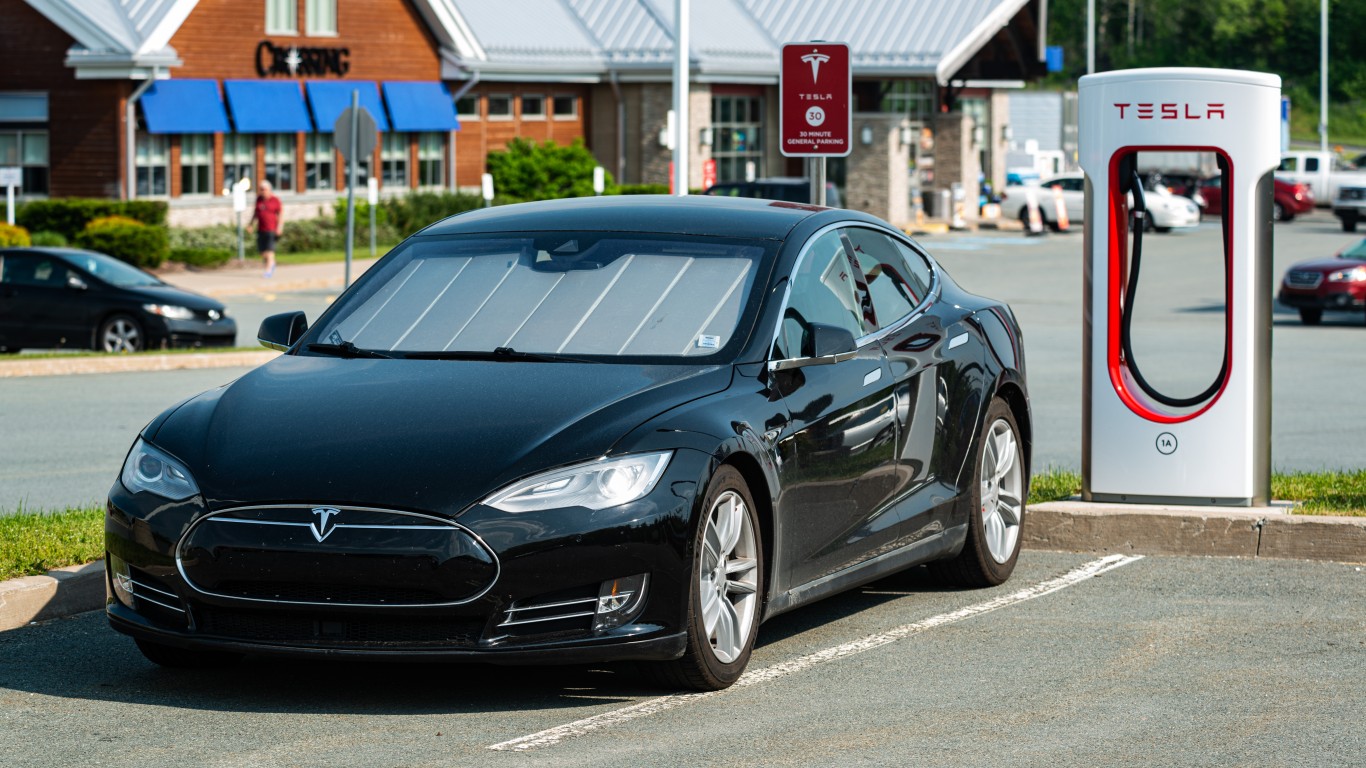
Eleven states and the District of Columbia have fewer than 10 Tesla Supercharger stations. Out of the 10 largest states by population, Michigan has the fewest number of Supercharger stations to quickly charge a Tesla inside the company’s network.
The home to the big three U.S. Automakers has only 34 Tesla Supercharger stations, just two more than Wisconsin, which has a much smaller population.
Here are the number of Superchargers in each U.S. state:
Alabama

- Number of Superchargers: 19
- Number of ports: 206
Alaska

- Number of Superchargers: 2
- Number of ports: 12
Arizona
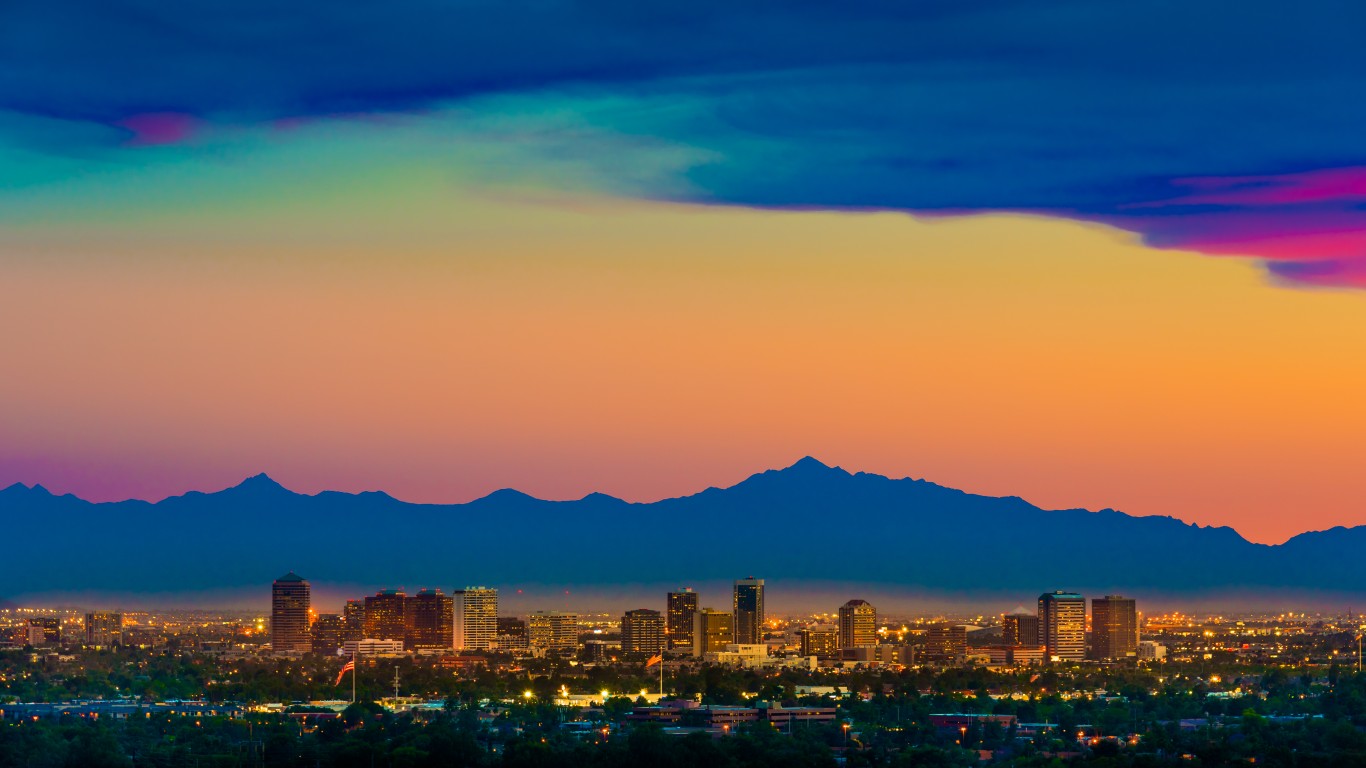
- Number of Superchargers: 43
- Number of ports: 682
Arkansas

- Number of Superchargers: 7
- Number of ports: 63
California

- Number of Superchargers: 396
- Number of ports: 6,155
Colorado

- Number of Superchargers: 37
- Number of ports: 364
Connecticut
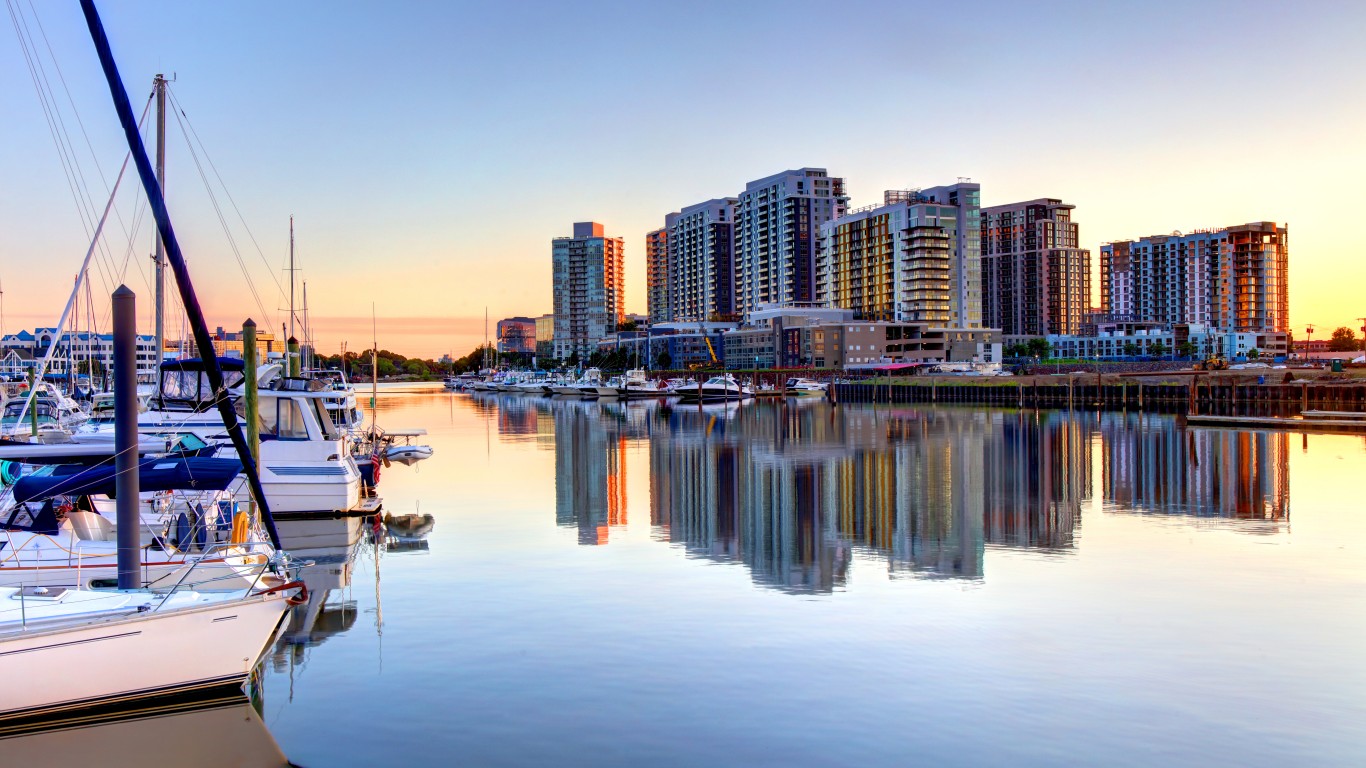
- Number of Superchargers: 31
- Number of ports: 288
Delaware
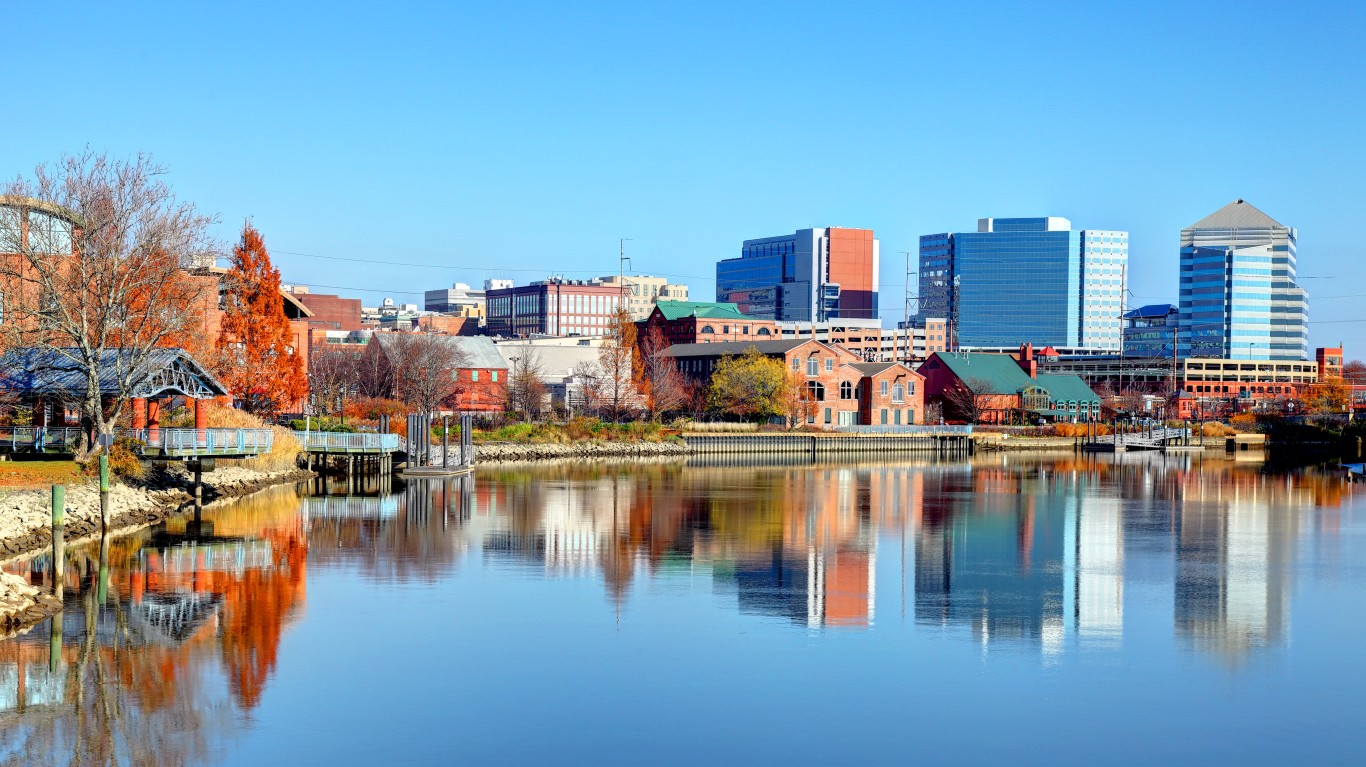
- Number of Superchargers: 15
- Number of ports: 132
District of Columbia
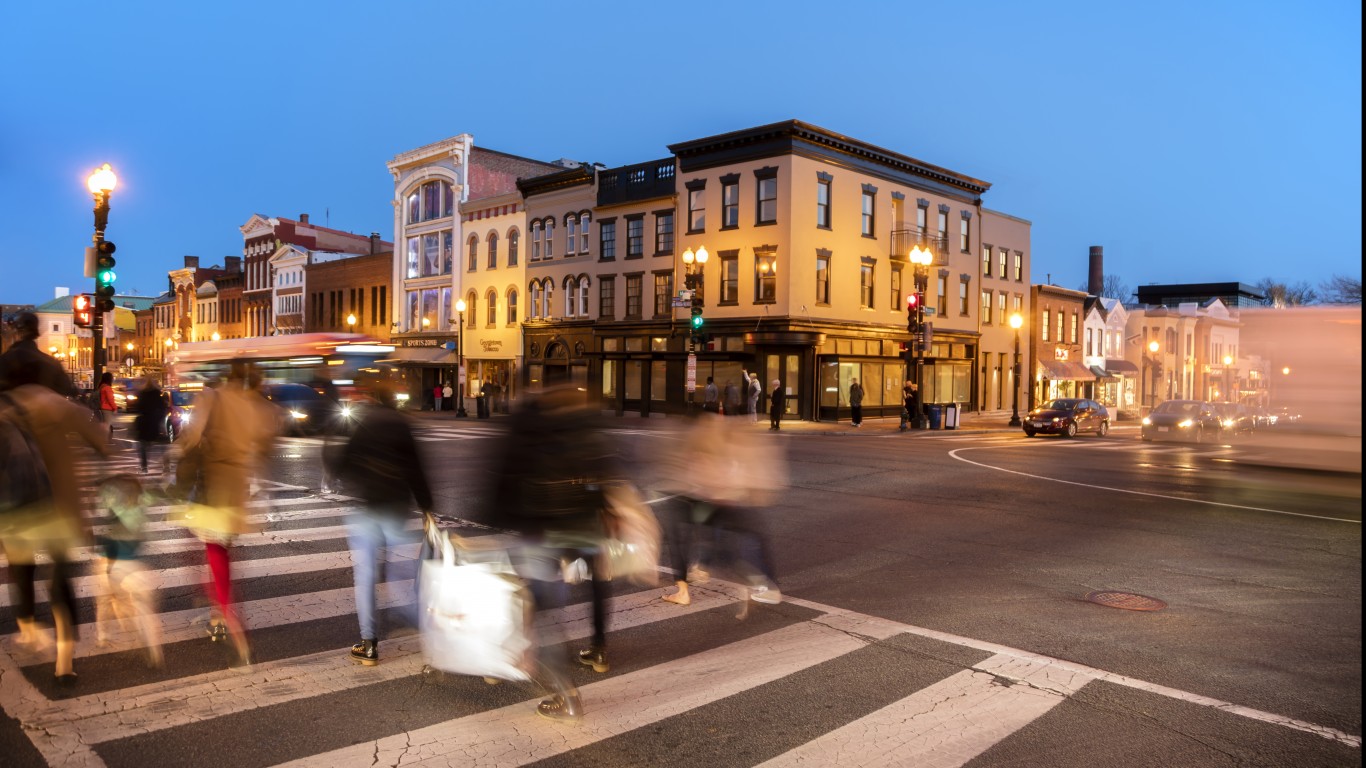
- Number of Superchargers: 3
- Number of ports: 28
Florida

- Number of Superchargers: 145
- Number of ports: 1,472
Georgia

- Number of Superchargers: 45
- Number of ports: 528
Hawaii
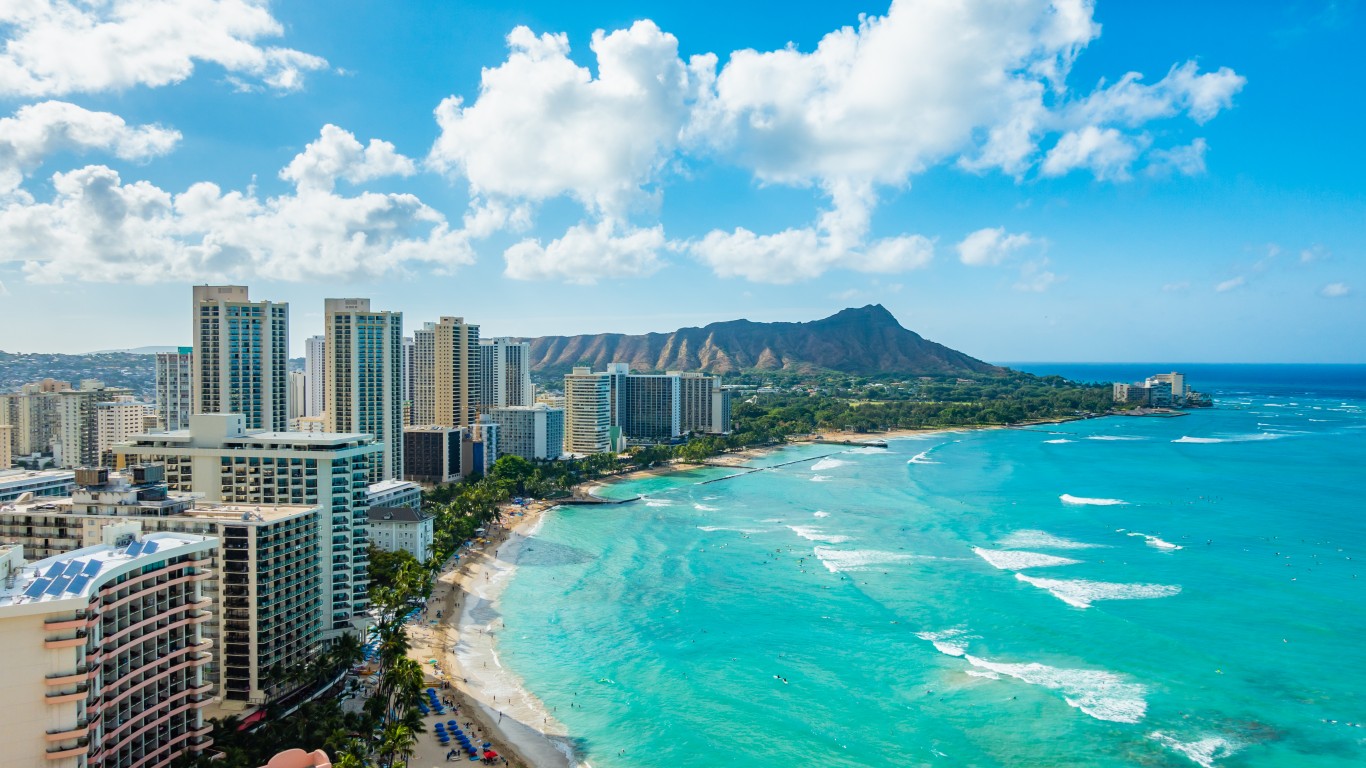
- Number of Superchargers: 1
- Number of ports: 6
Idaho

- Number of Superchargers: 7
- Number of ports: 62
Illinois
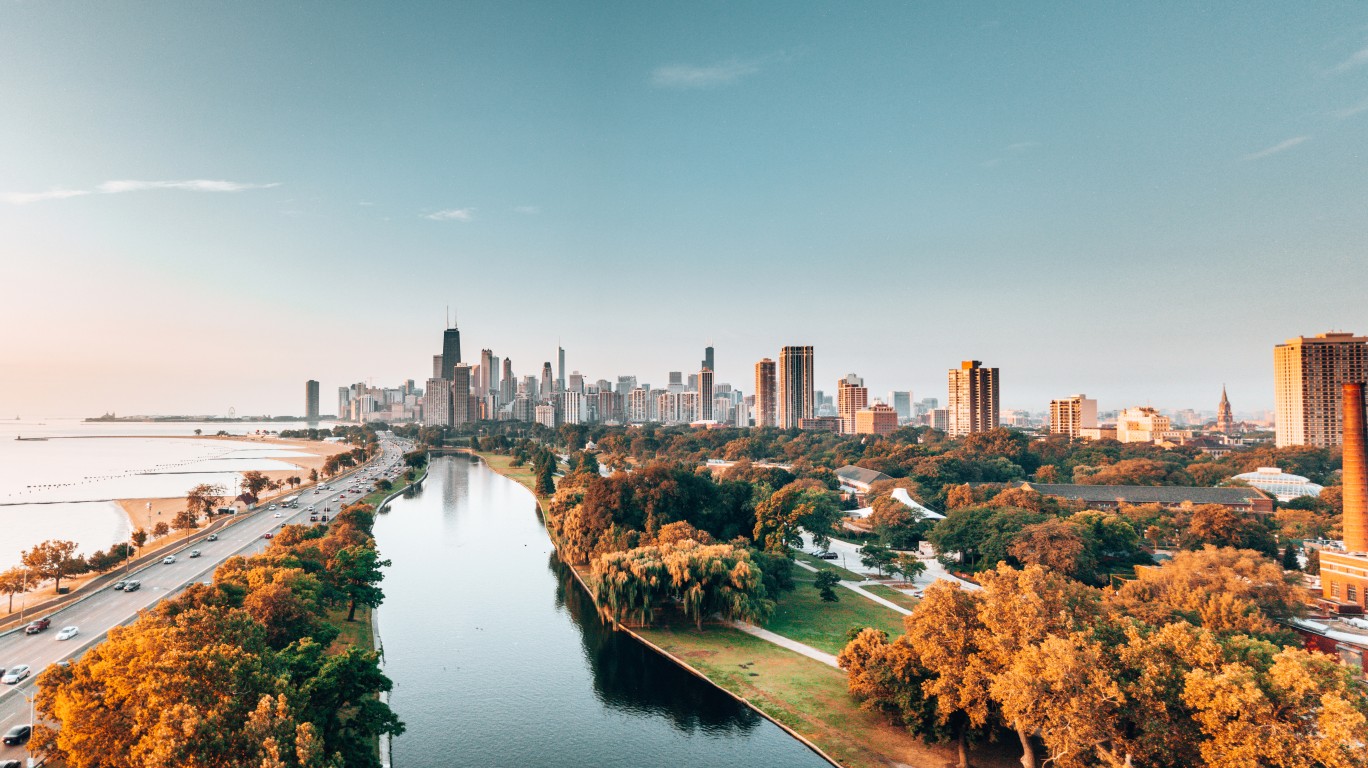
- Number of Superchargers: 55
- Number of ports: 630
Indiana

- Number of Superchargers: 34
- Number of ports: 337
Iowa

- Number of Superchargers: 17
- Number of ports: 138
Kansas

- Number of Superchargers: 16
- Number of ports: 138
Kentucky
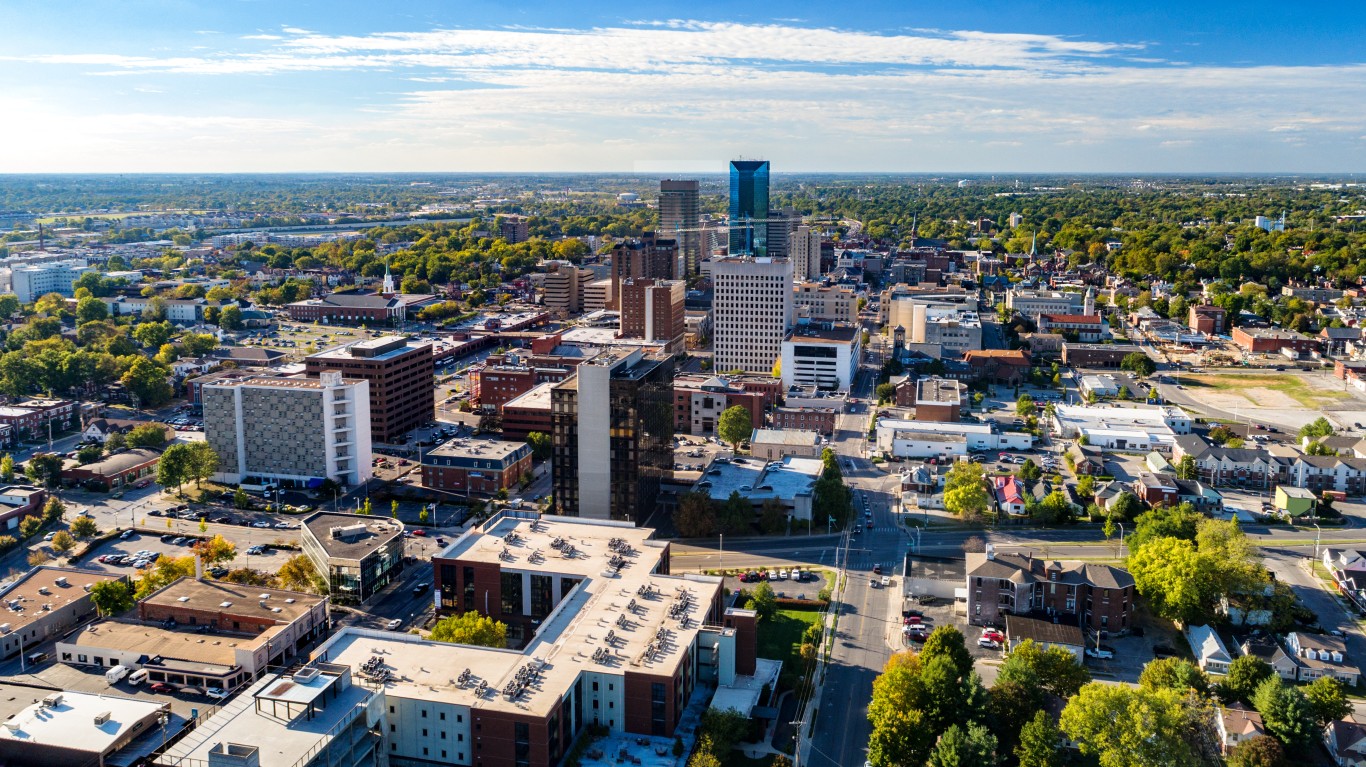
- Number of Superchargers: 12
- Number of ports: 130
Louisiana

- Number of Superchargers: 17
- Number of ports: 167
Maine

- Number of Superchargers: 18
- Number of ports: 144
Maryland
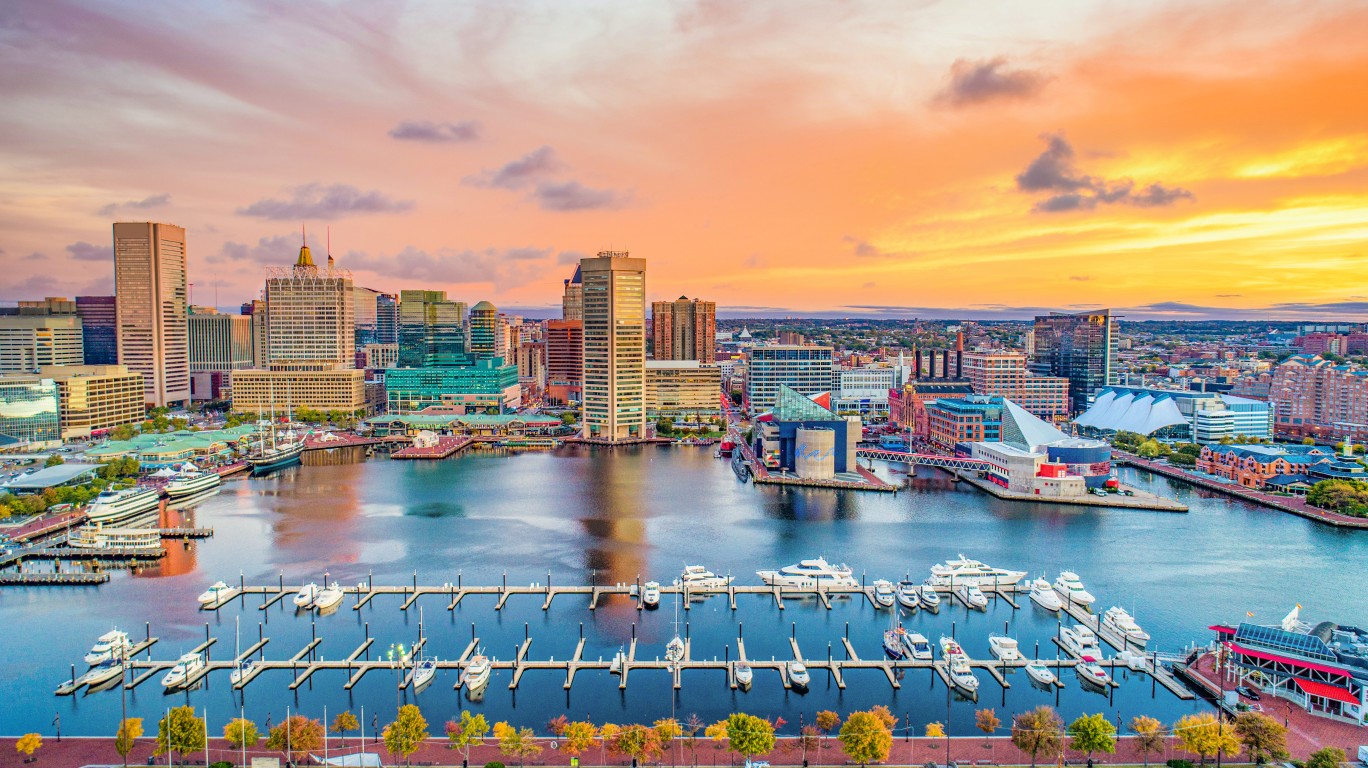
- Number of Superchargers: 52
- Number of ports: 447
Massachusetts
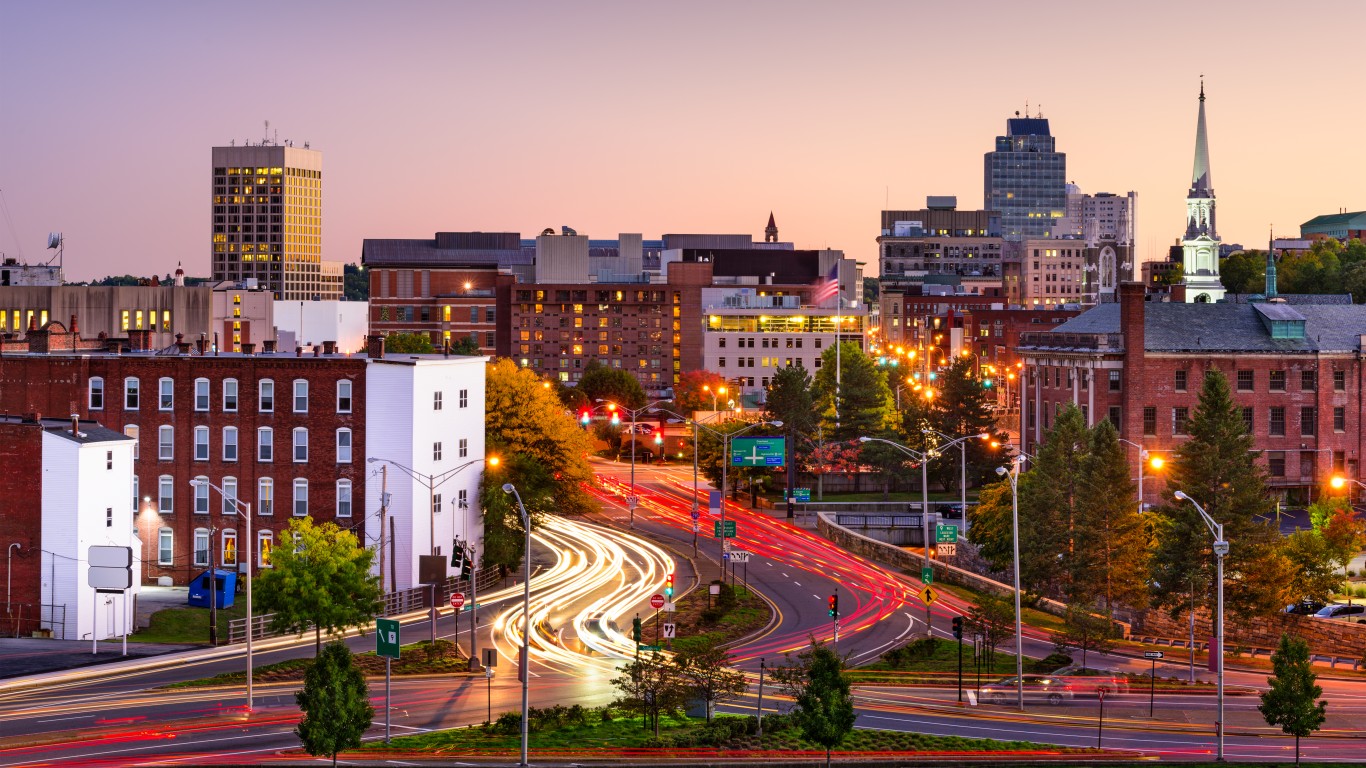
- Number of Superchargers: 46
- Number of ports: 448
Michigan
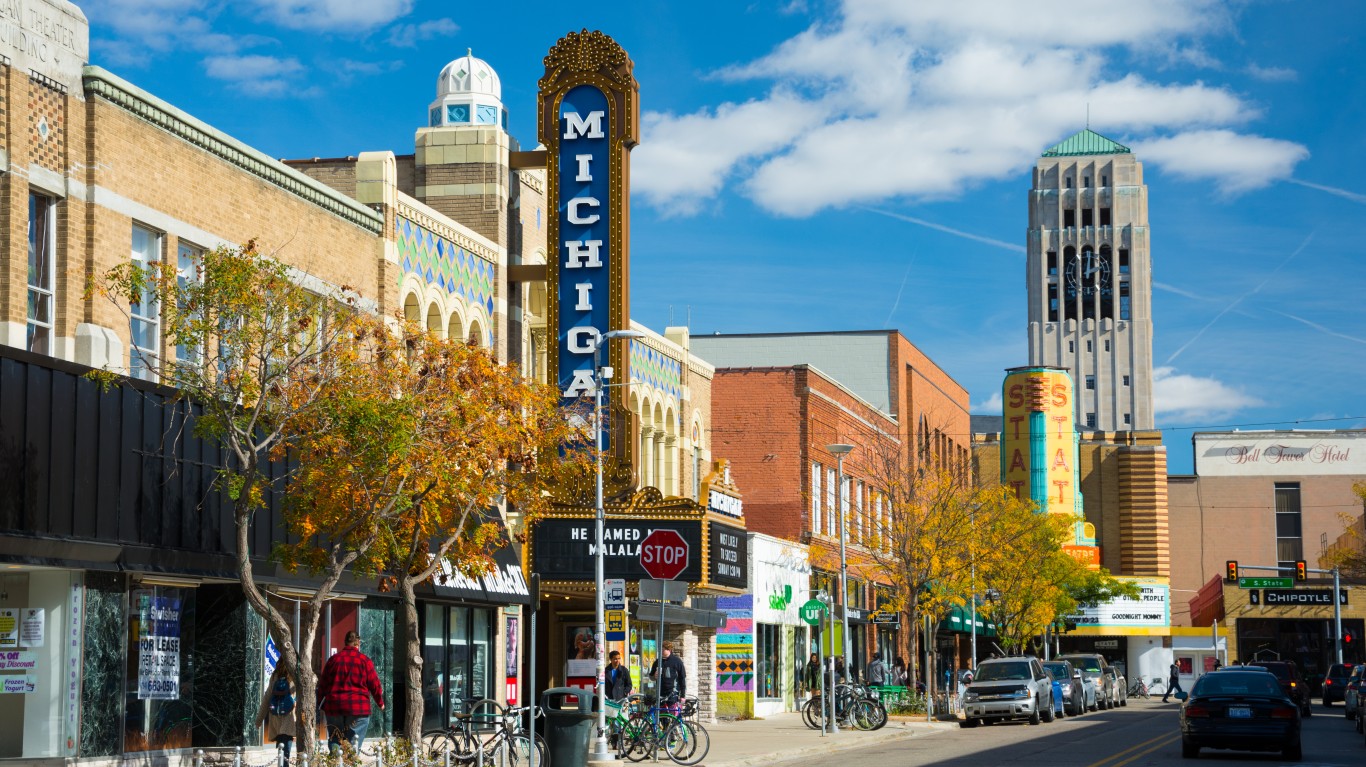
- Number of Superchargers: 34
- Number of ports: 314
Minnesota
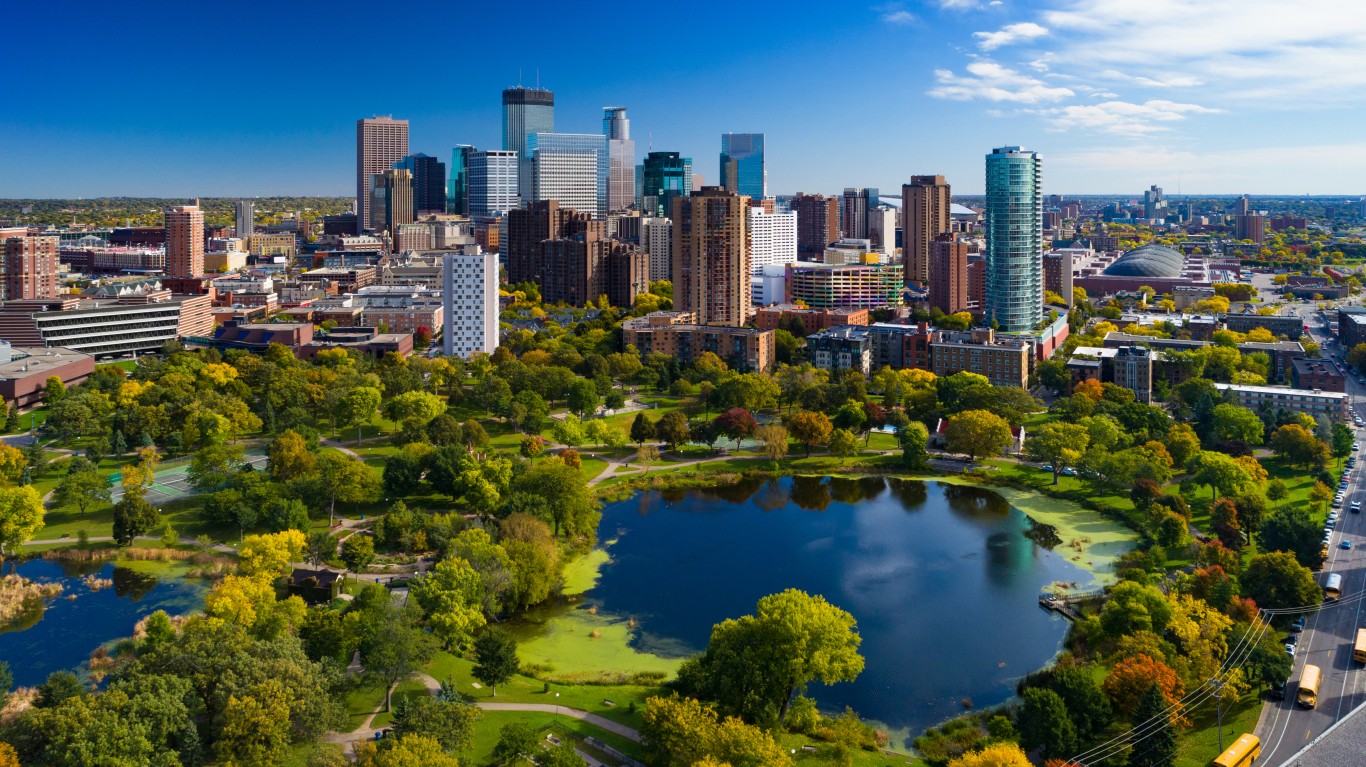
- Number of Superchargers: 29
- Number of ports: 252
Mississippi

- Number of Superchargers: 9
- Number of ports: 80
Missouri

- Number of Superchargers: 23
- Number of ports: 195
Montana
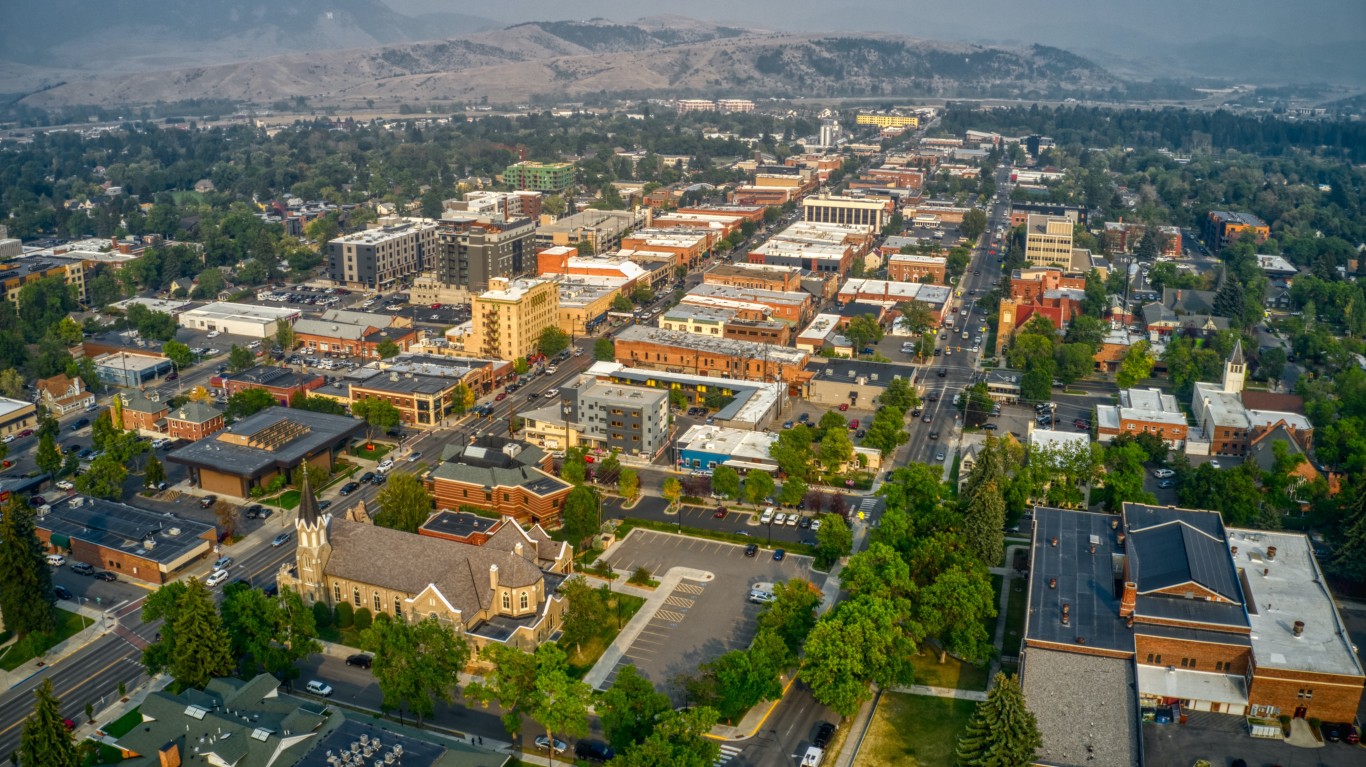
- Number of Superchargers: 17
- Number of ports: 124
Nebraska

- Number of Superchargers: 9
- Number of ports: 76
Nevada
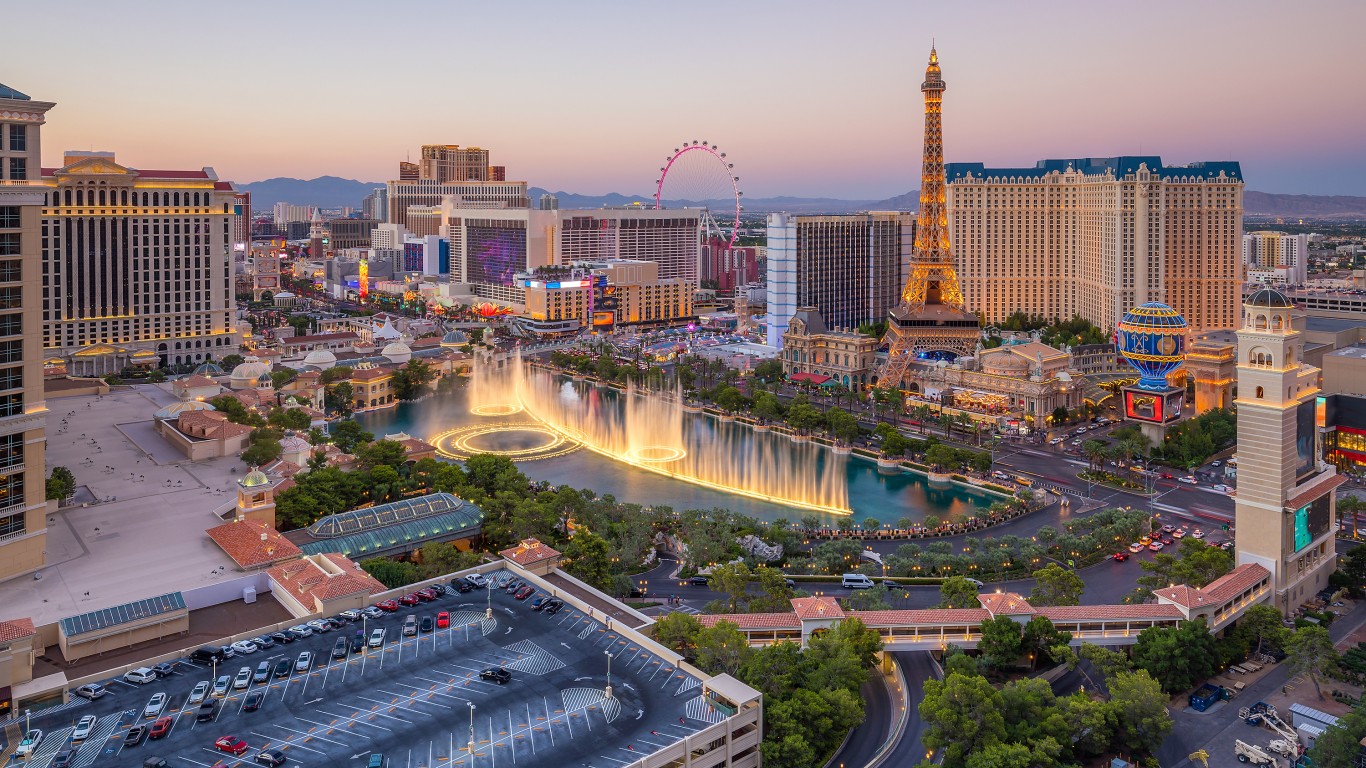
- Number of Superchargers: 36
- Number of ports: 422
New Hampshire

- Number of Superchargers: 13
- Number of ports: 118
New Jersey
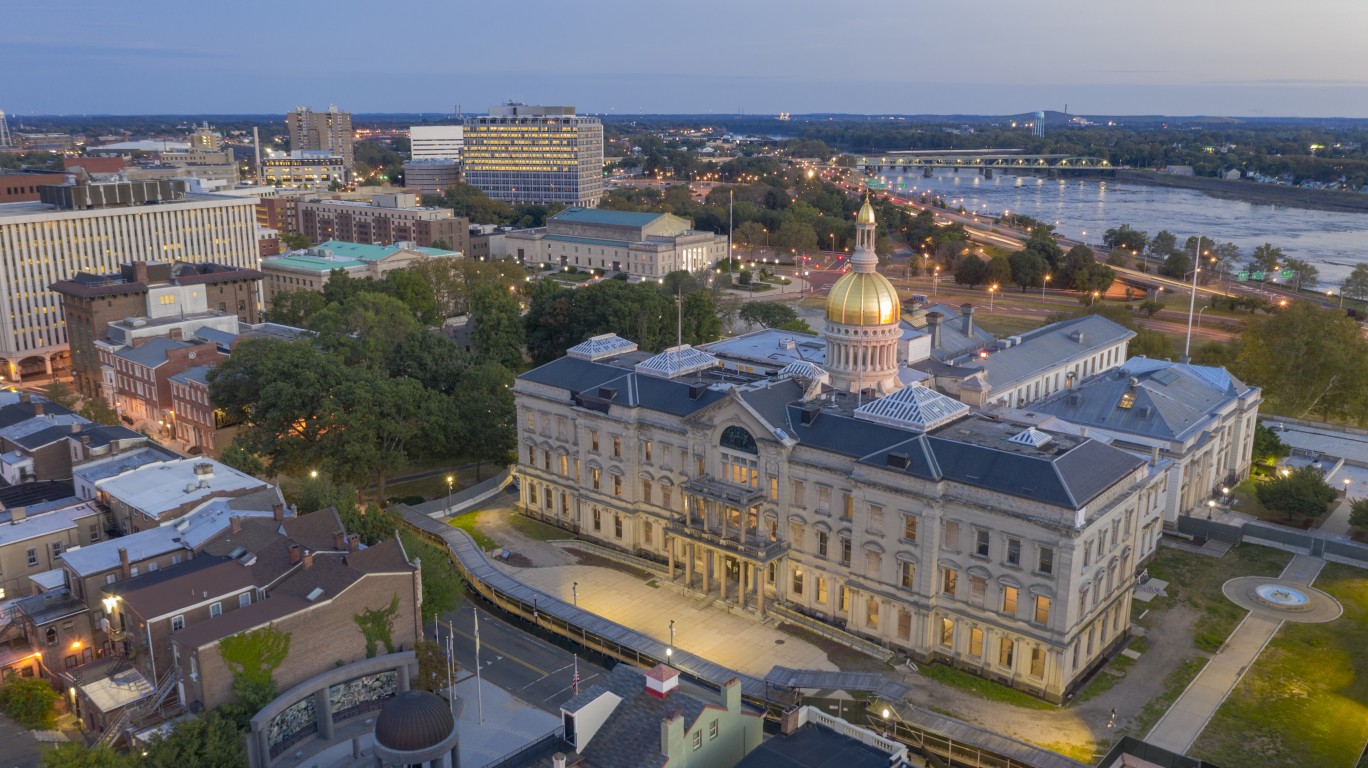
- Number of Superchargers: 70
- Number of ports: 688
New Mexico

- Number of Superchargers: 14
- Number of ports: 115
New York
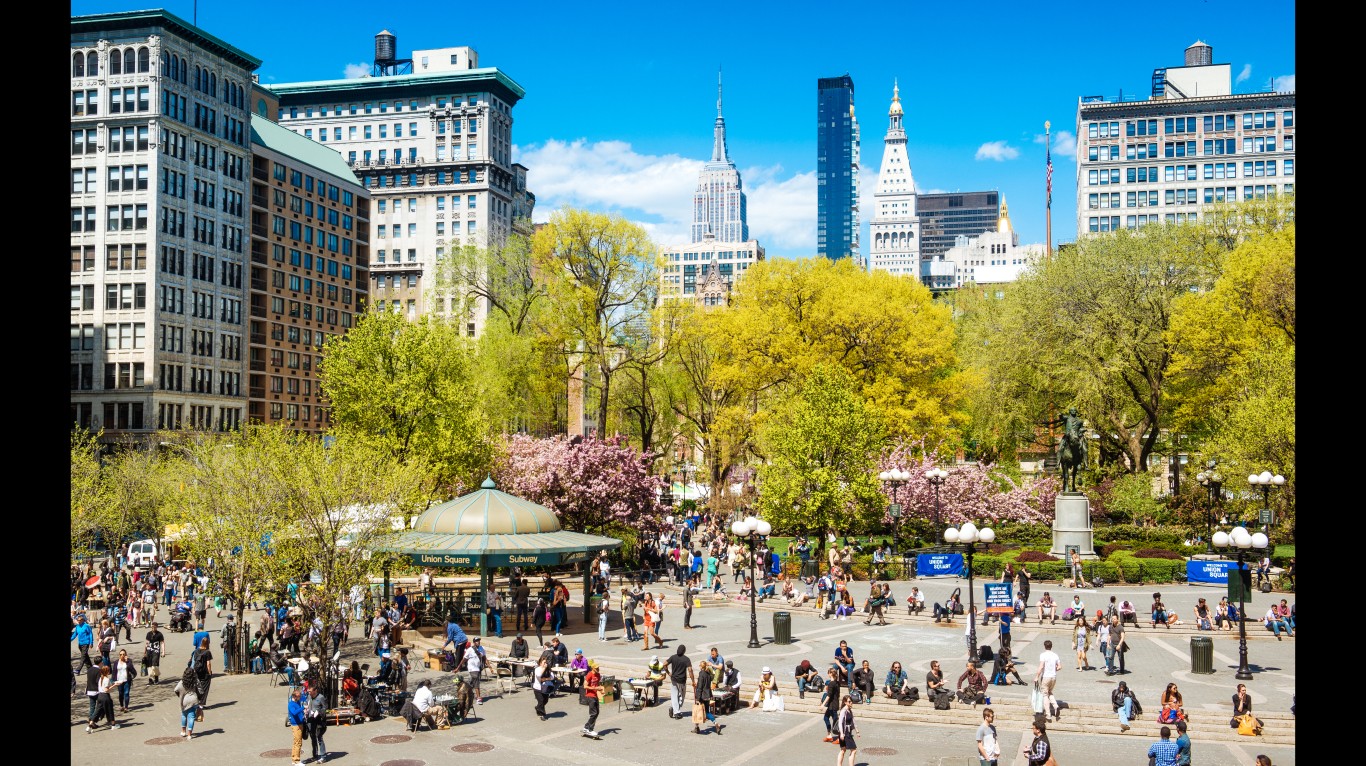
- Number of Superchargers: 83
- Number of ports: 770
North Carolina
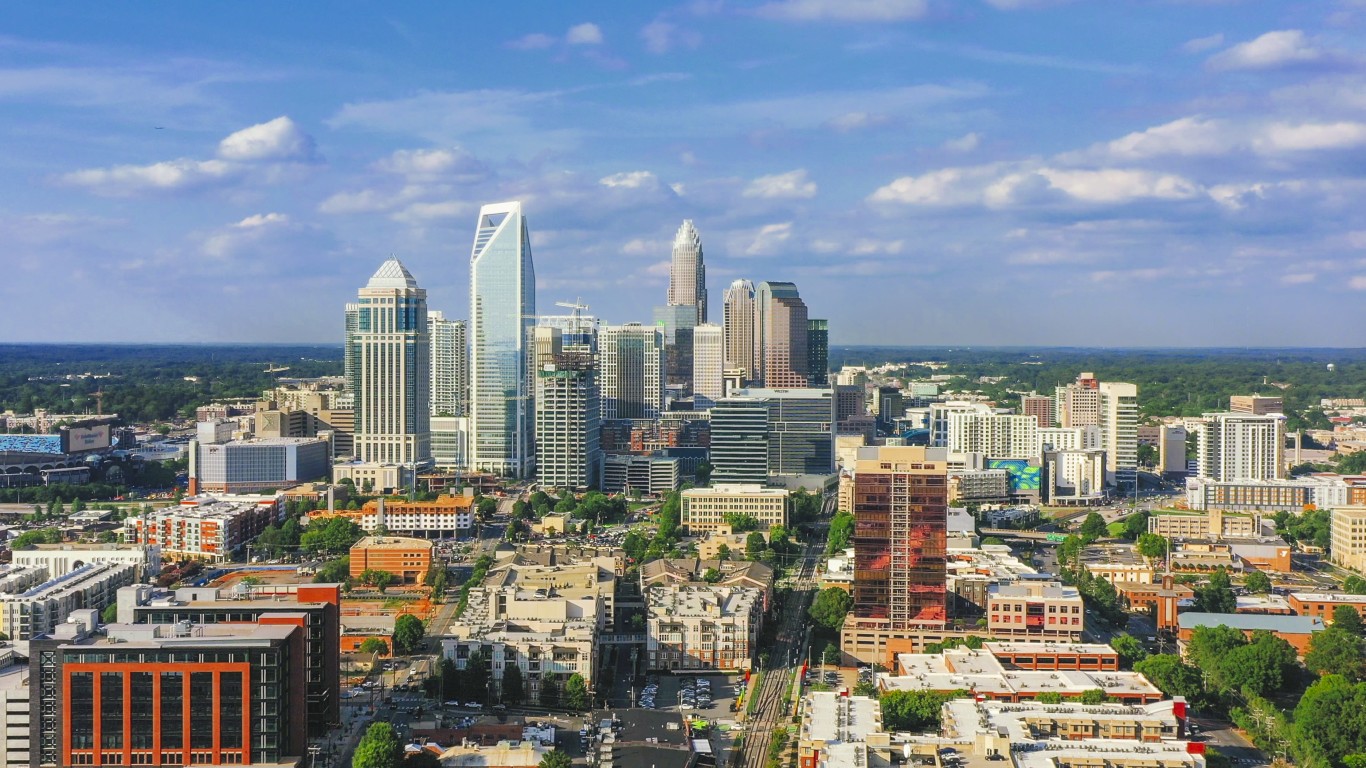
- Number of Superchargers: 61
- Number of ports: 643
North Dakota
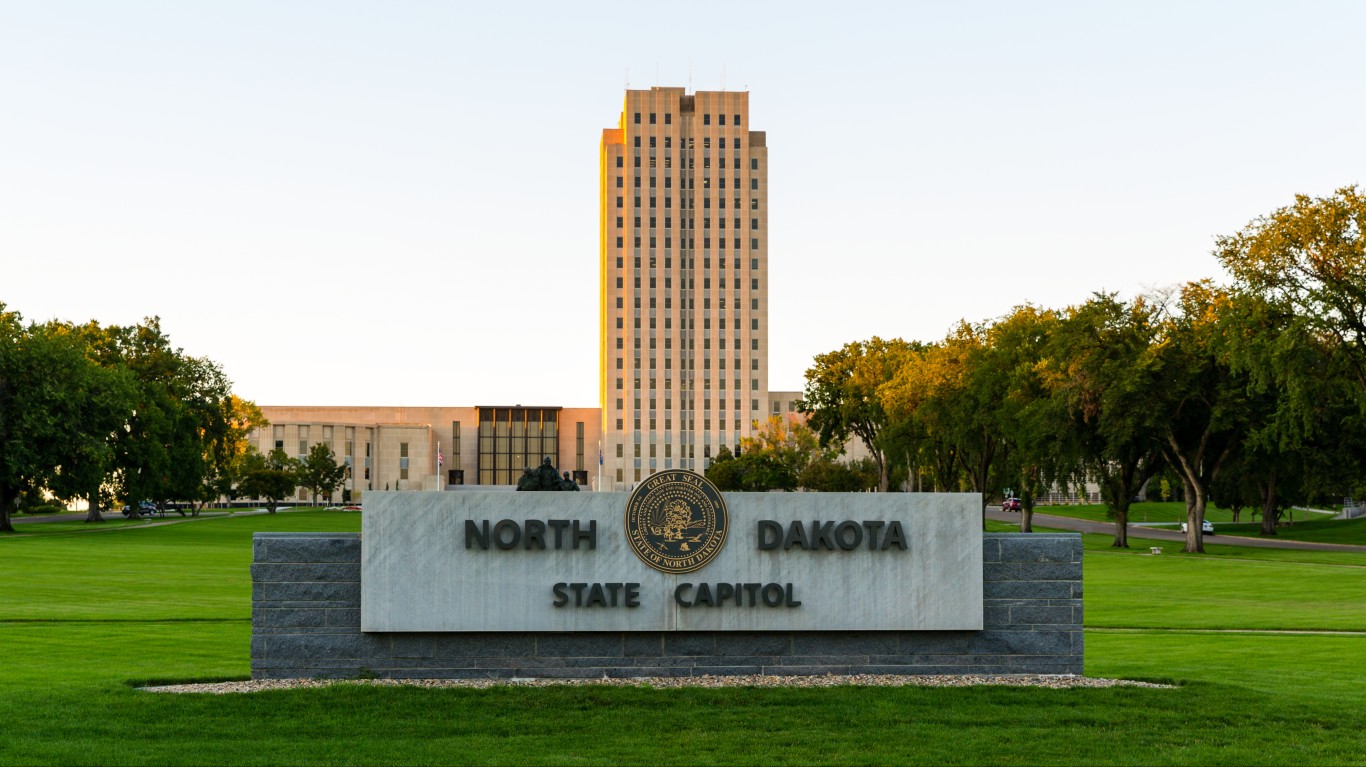
- Number of Superchargers: 5
- Number of ports: 40
Ohio

- Number of Superchargers: 38
- Number of ports: 357
Oklahoma
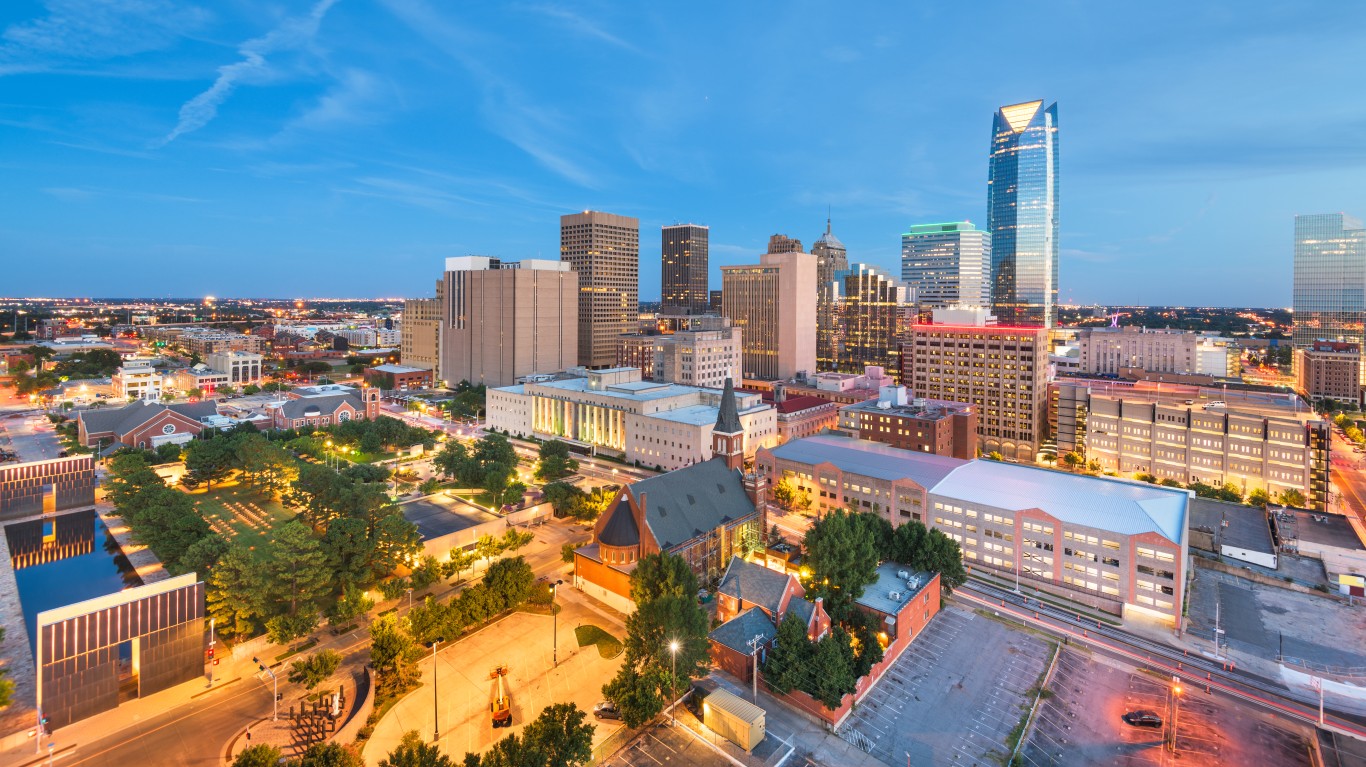
- Number of Superchargers: 6
- Number of ports: 60
Oregon

- Number of Superchargers: 40
- Number of ports: 422
Pennsylvania
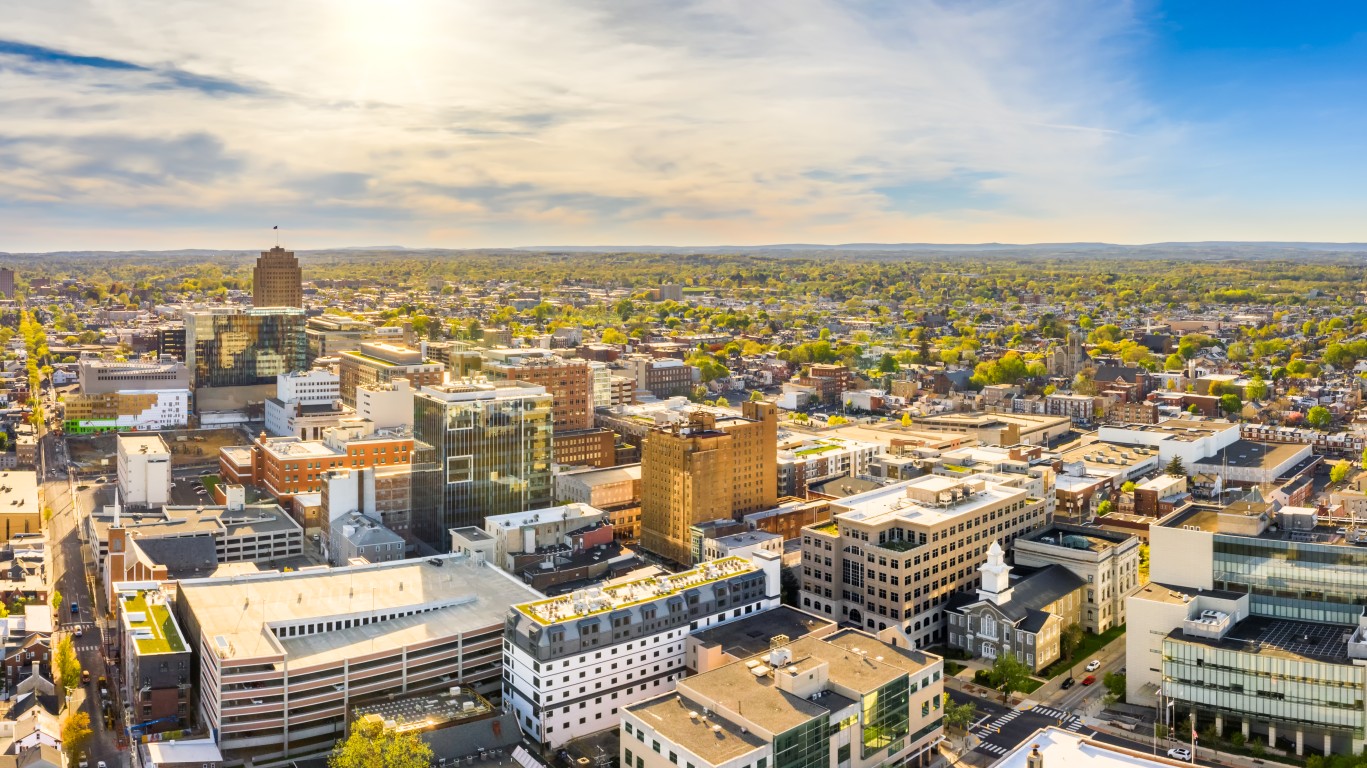
- Number of Superchargers: 72
- Number of ports: 642
Rhode Island
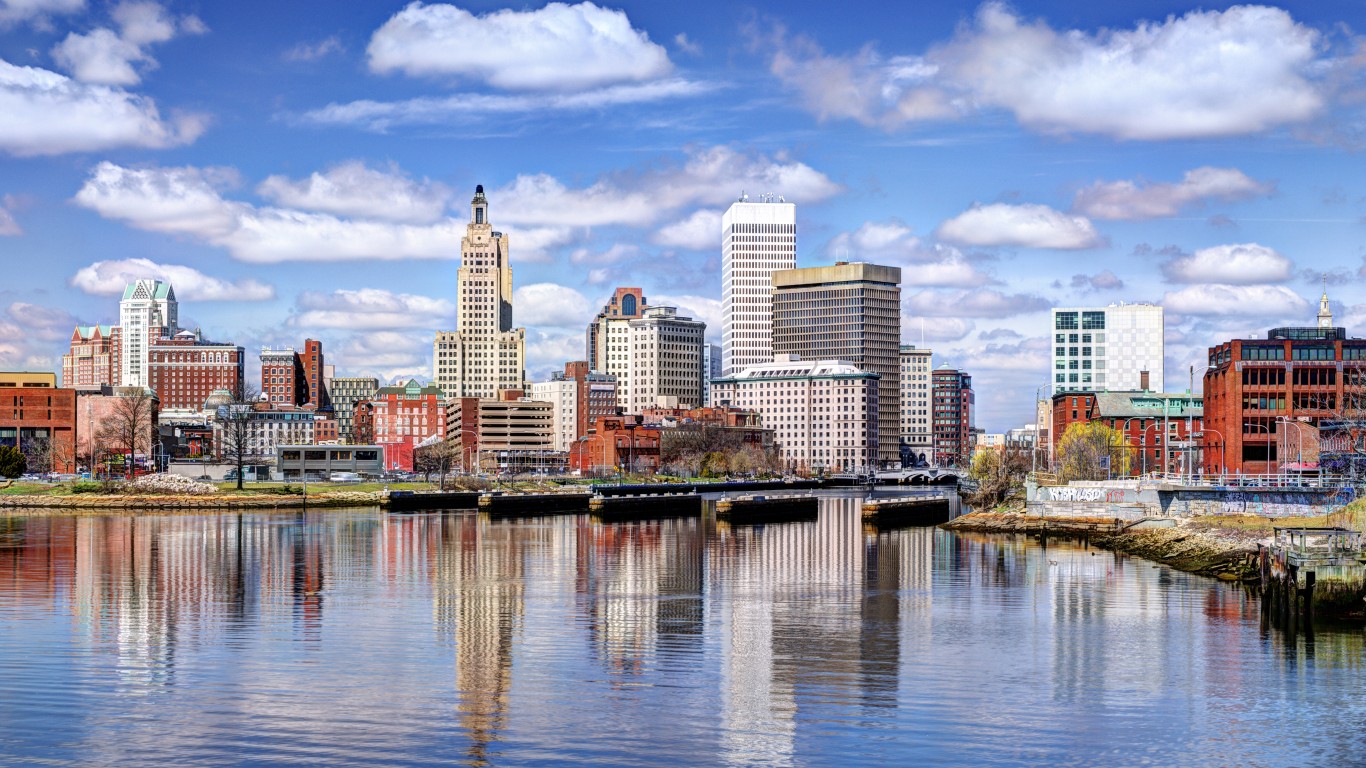
- Number of Superchargers: 5
- Number of ports: 40
South Carolina
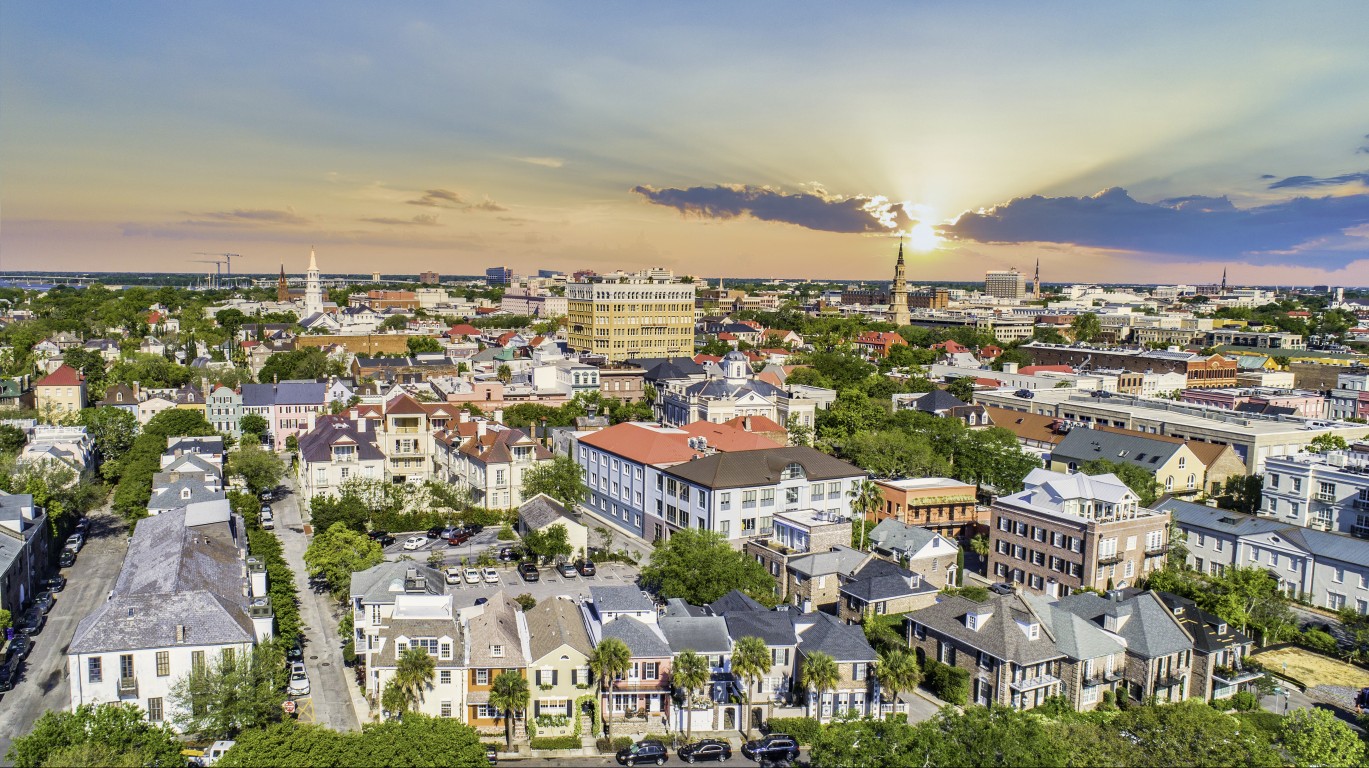
- Number of Superchargers: 30
- Number of ports: 340
South Dakota

- Number of Superchargers: 10
- Number of ports: 68
Tennessee
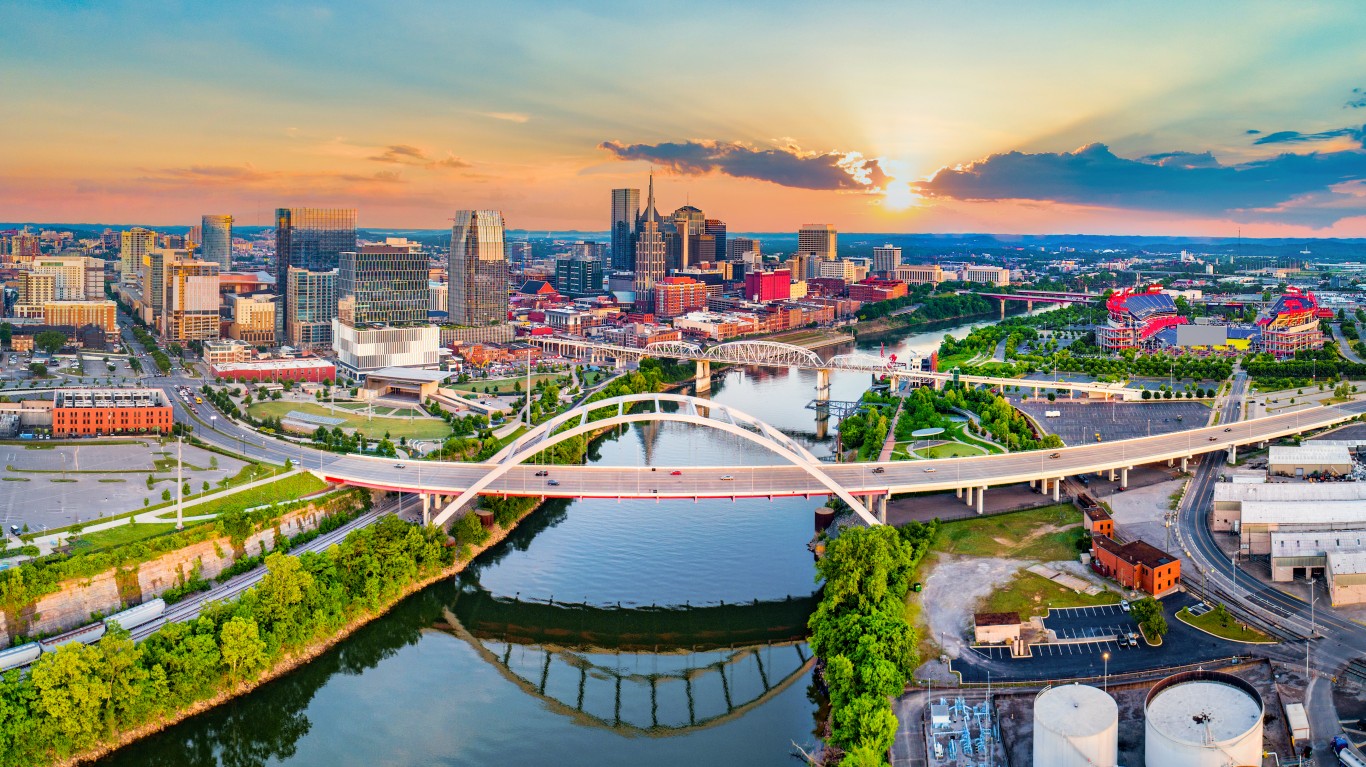
- Number of Superchargers: 24
- Number of ports: 275
Texas
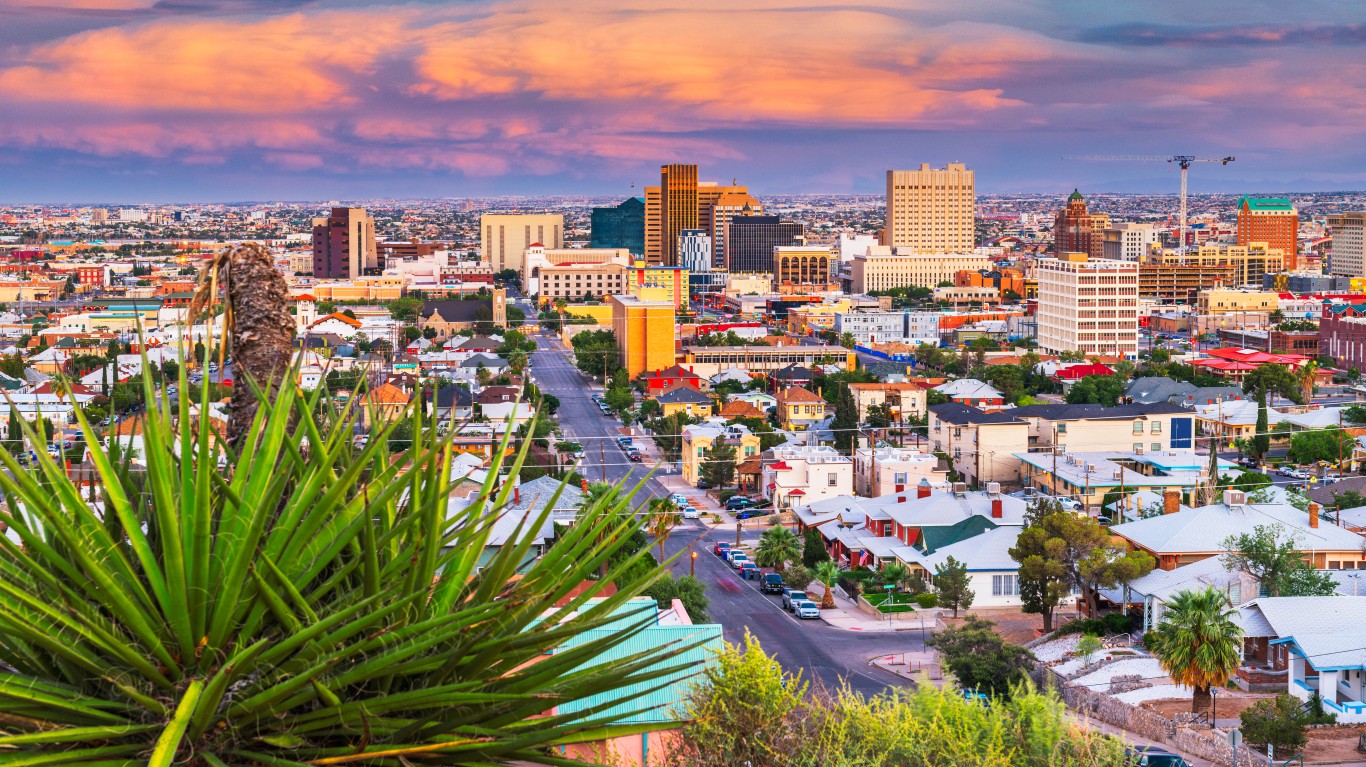
- Number of Superchargers: 138
- Number of ports: 1,579
Utah
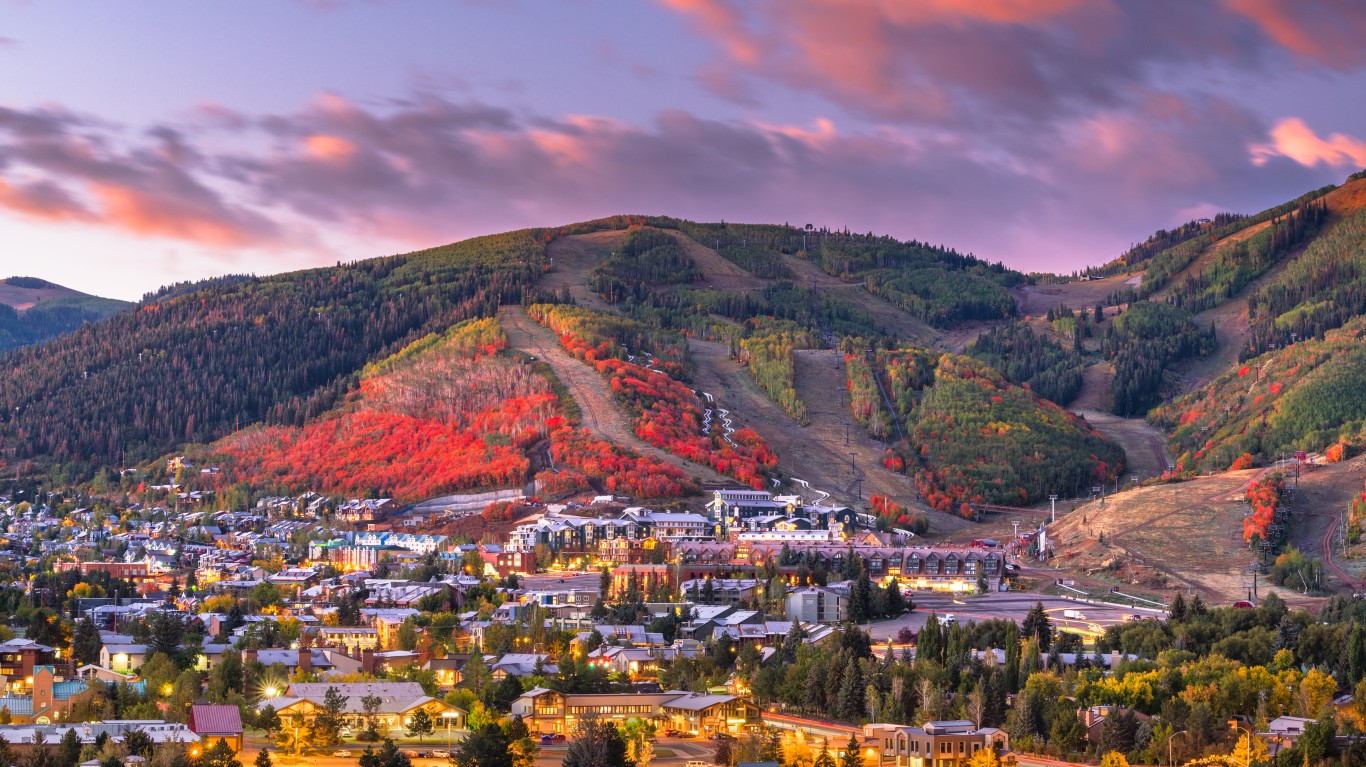
- Number of Superchargers: 22
- Number of ports: 202
Vermont

- Number of Superchargers: 6
- Number of ports: 54
Virginia

- Number of Superchargers: 66
- Number of ports: 587
Washington

- Number of Superchargers: 50
- Number of ports: 523
West Virginia

- Number of Superchargers: 15
- Number of ports: 114
Wisconsin

- Number of Superchargers: 32
- Number of ports: 275
Wyoming

- Number of Superchargers: 11
- Number of ports: 72
Are You Still Paying With a Debit Card?
The average American spends $17,274 on debit cards a year, and it’s a HUGE mistake. First, debit cards don’t have the same fraud protections as credit cards. Once your money is gone, it’s gone. But more importantly you can actually get something back from this spending every time you swipe.
Issuers are handing out wild bonuses right now. With some you can earn up to 5% back on every purchase. That’s like getting a 5% discount on everything you buy!
Our top pick is kind of hard to imagine. Not only does it pay up to 5% back, it also includes a $200 cash back reward in the first six months, a 0% intro APR, and…. $0 annual fee. It’s quite literally free money for any one that uses a card regularly. Click here to learn more!
Flywheel Publishing has partnered with CardRatings to provide coverage of credit card products. Flywheel Publishing and CardRatings may receive a commission from card issuers.
Thank you for reading! Have some feedback for us?
Contact the 24/7 Wall St. editorial team.




